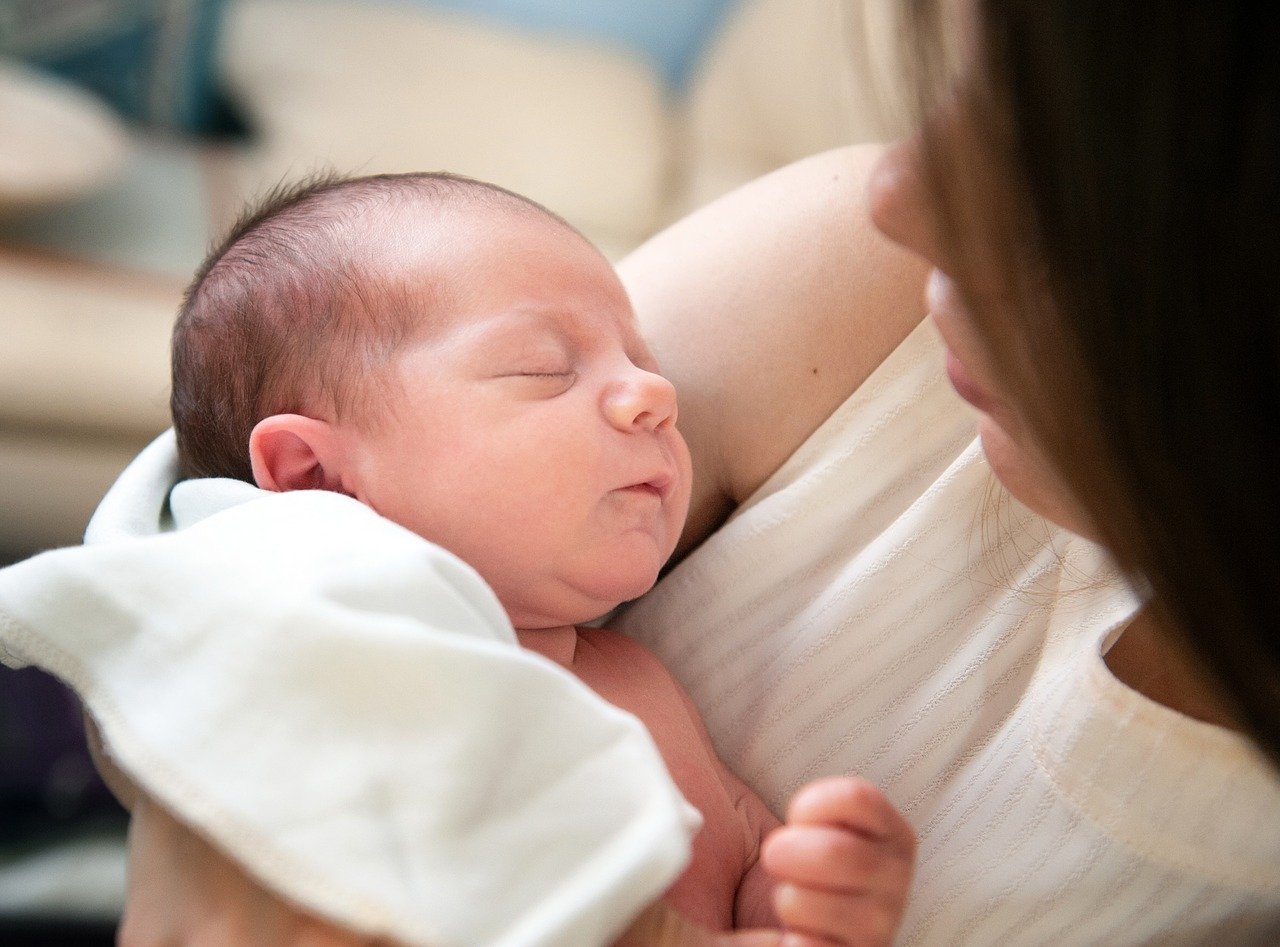Breastfeeding 101

As a new mother, choosing to breastfeed to give your baby the best nutritional start can be a little overwhelming. You’ve attended the classes, you’ve read the blogs, you’ve heard that “breast is best” but now it’s time to actually breastfeed. Yes, breastfeeding is the “natural” choice, but it also is a new skill that takes time and practice to learn. Motivation, knowledge and practice are keys in meeting your breastfeeding goals. So, take a deep breath and let’s dive into some frequently asked questions from new moms as they begin the breastfeeding process.
When should I start breastfeeding?
Even in the delivery room, achieving the first feeding is important. As soon as it is medically allowed, have your baby placed skin-to-skin with you following delivery. In the first two hours following delivery, your newborn will be wide awake and alert. Skin-to-skin care helps your baby stay warmer, have better blood sugar levels, cry less and hopefully achieve their first breastfeeding time. It also helps your baby to be protected by some of your good bacteria. At times, skin-to-skin care following delivery is interrupted for medical reasons. If this occurs, don’t worry, you can hand express your breast milk and spoon feed it to your baby.
What is the normal progression of establishing my milk supply?
Colostrum is the first stage of breast milk that is typically low in volume and specially formulated to meet your baby’s needs in the first hours and days of life. As your baby feeds at the breast, your supply will grow into transitional breast milk and finally be fully established into mature breast milk by two weeks of age.
Your milk production is stimulated by frequent feedings and your baby should breastfeed at least 8 or more times in a 24-hour period. If you are not able to be with your baby to feed, then pump your milk so that you do not miss a feeding.
How do I know if my baby is getting enough milk?
As you begin to breastfeed, it may not feel like your baby is taking anything in and you may wonder if your baby is getting enough. Well…what goes in, must come out! That’s right, it’s about wet and dirty diapers!
In the first day of life, your baby will have at least one wet and one dirty diaper. The number of wet and dirty diapers will increase and correlate with the day as your milk supply increases. For example, 2 wet/dirty diapers on day two; 3 wet/dirty diapers on day three etc. By day 5-6, your baby should have 5-6 wet diapers and 3-4 dirty diapers each day.
Your baby’s weight will also be an indicator of how well your baby is breastfeeding. Typically, babies lose up to 7% of their birth weight in the first few days but should be back to their birth weight by 10-14 days of life. Make sure you have chosen your pediatrician before you deliver your baby so you can have a plan for follow-up and weight checks after discharge.
Remember, the more milk your baby takes from your breast, the more milk you will make. Follow your baby’s feeding cues and allow your baby to determine the frequency and duration of breastfeeding sessions.
Prestonwood Pregnancy Center offers free classes like “Breastfeeding 101” to assist you if you decide you want to breastfeed your baby. This class is taught by a board-certified lactation consultant! Click here to view our current class schedule and to register for the next class!
